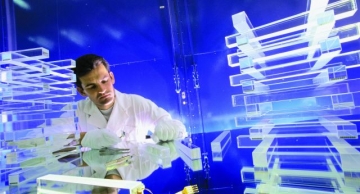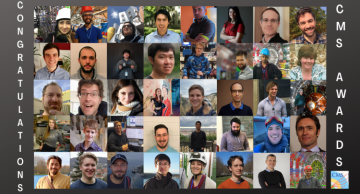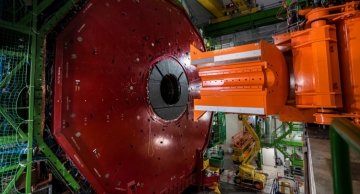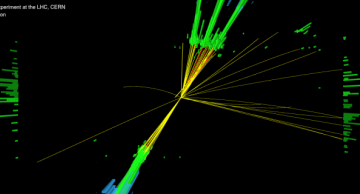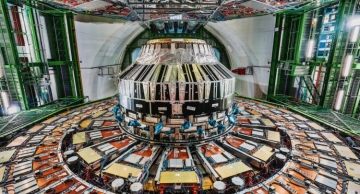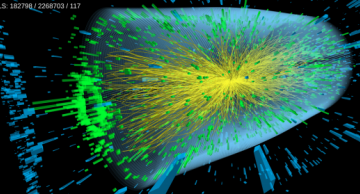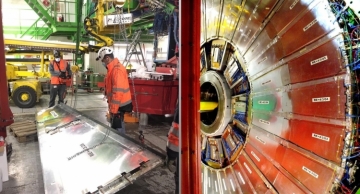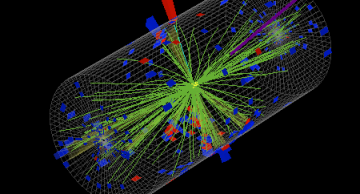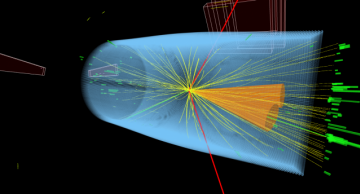Fundamental particles are the most basic building blocks of the universe. It took more than 60 years to formulate a physical model to explain their interactions fully. This model is now known as the Standard Model of particle physics. Many of…
News
|
losmith |
Collaboration
Congratulations to CMS members who have received the CMS Award for 2020!
As is the tradition, every year during the February CMS week, members of the CMS collaboration are presented with awards for their incredible contributions and dedication…
|
losmith |
Detector
As for any other instrument, the CMS experiment needs a “quiet” environment to take data, with the lowest level of background noise. In the CMS detector, background noise is mainly due to energetic particles generated at high eta (i.e. close to the…
|
fblekman |
Physics
Physicists continue to question if the particles we know of are the most fundamental. A new result by the CMS collaboration examines the data collected between 2016 and 2018 for evidence that quarks are composite particles and not elementary. …
|
fblekman |
Physics
Studying the production of two Higgs bosons is the most obvious way to understand the field responsible for the Higgs boson. A new result by the CMS collaboration gets closer than ever to measuring this field and its physics prediction.
The Higgs…
|
fblekman |
Physics
The Standard Model of Particle Physics is the theory that physicists use to describe elementary particles’ fundamental interactions. The Standard Model was developed over many decades. It has been able to predict experimental observations with…
|
losmith |
Collaboration
The year 2020 is coming to an end; despite its exceptional difficulties and challenges caused by the world-wide COVID-19 pandemic, the CMS collaboration reached many important milestones during this period. This overview gives a brief glimpse…
|
losmith |
Collaboration
The CMS experiment at CERN has released into the public domain its first batches of open data from heavy-ion collisions at the Large Hadron Collider. The two batches contain two datasets from 2010 and four from 2011, recorded during the LHC’s first…
|
mashah |
Collaboration
After the Large Hadron Collider (LHC) was shut down in December 2018 following the successful completion of RUN 2 operation (2015-2018), CMS is undergoing an intensive upgrade and maintenance program during the current 3-years break (“Long Shutdown…
|
fblekman |
Physics
The CMS Collaboration has released a new search for leptoquarks, a hypothetical particle that would be the "missing link" between quarks and leptons. The result has been submitted to the journal Physics Letters B.
All known visible matter that…
|
fbaldass |
Physics
What if new particles modify the behaviour of existing particles, but by only a little bit? In a new result, CMS physicists search for new physics using a technique called Effective Field Theory to study the top quark in a "toy universe".…
|
losmith |
Collaboration
On November 24th, the CMS collaboration at CERN's Large Hadron Collider announced the publication of the 1000th paper in a peer-review journal, a truly exceptional achievement for a single Experiment.
A thousand published papers, more than 100 per…

